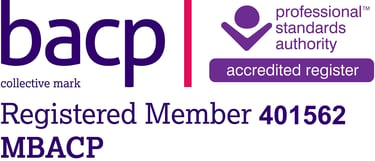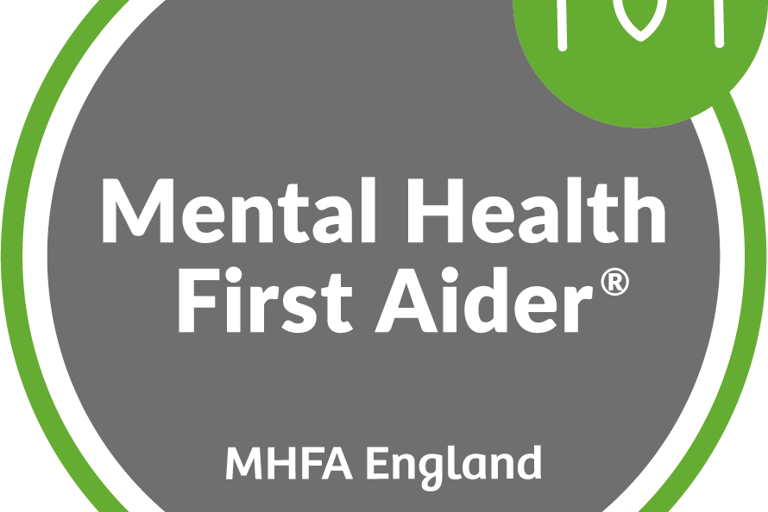Breaking Free from Emotional Absorption: Recognising and Releasing Emotions That Aren’t Yours
7/14/20244 min read


The Impact of Parental Emotions on Childhood
Children are remarkably perceptive to the emotional states of their parents, often absorbing feelings and attitudes without fully comprehending them. This phenomenon, known as emotional absorption, can have profound and lasting effects on an individual's development and well-being. At its core, emotional absorption involves the subconscious intake of emotions, which can shape a child's beliefs, behaviors, and general attitude toward life.
Psychologically, children are highly attuned to their caregivers' emotional cues. This sensitivity is essential for survival, as it helps them navigate their social environment. However, it also means that children can inadvertently internalise negative emotions such as anxiety, anger, and sadness. These absorbed emotions often linger into adulthood, influencing how one perceives and reacts to new situations.
For example, a child who grows up in an environment where a parent frequently exhibits anxiety may develop a heightened sense of vigilance and stress. This can manifest as an adult who is overly cautious or who struggles with chronic anxiety. Similarly, a child exposed to a parent's persistent sadness or depression might carry a pervasive sense of hopelessness or lack of motivation into adulthood.
Case studies illustrate these points effectively. Consider the story of Sarah, who grew up with a mother suffering from untreated depression. Throughout her childhood, Sarah absorbed her mother's feelings of despair and helplessness. As an adult, Sarah found herself battling similar feelings, despite having a seemingly stable life. It wasn't until she recognised that these emotions weren't inherently hers that she could begin the process of releasing them.
Understanding the types of emotions commonly absorbed—such as fear, guilt, and sadness—can help identify their origins and mitigate their impact. By acknowledging the long-term influence of parental emotions, individuals can take steps to release these absorbed feelings, thereby fostering healthier relationships and a more balanced emotional state.
Learning to Distinguish Between Your Emotions and Others’
Emotional boundaries are fundamental in maintaining mental well-being and personal autonomy. Distinguishing between own emotions and those absorbed from others is a crucial aspect of this process. This ability is not innate for most people; it requires active development of self-awareness and emotional intelligence.
One effective strategy is the practice of mindfulness. By staying present and fully engaged with your current experiences, you can more easily recognise when an emotion arises. Ask yourself: "Is this emotion truly mine?" Mindfulness encourages an observant stance towards emotions, allowing you to differentiate between internal feelings and those influenced by external sources.
Self-reflection is another valuable tool. Taking time to reflect on your day and your interactions can help you identify patterns where you may have absorbed others' emotions. Was there a moment when you felt a sudden shift in mood after talking to someone? Did you feel overwhelmed after spending time in a crowded place? These reflections can illuminate instances of emotional absorption.
Emotional journaling is particularly beneficial in this context. By regularly documenting your feelings and the circumstances surrounding them, you create a record that can be reviewed for insights. This practice can help pinpoint emotions that consistently arise in the presence of specific individuals or situations, indicating that they may not be your own.
Developing a strong sense of self-awareness and emotional intelligence is essential to prevent becoming an 'emotional sponge.' This involves understanding your own emotional triggers and responses, as well as learning to navigate the emotional landscapes of those around you without losing your grounding. Emotional intelligence enables you to empathize with others without internalizing their emotions, maintaining your emotional boundaries effectively.
By integrating these strategies into your daily life, you can foster a clearer distinction between your emotions and those of others, leading to healthier emotional interactions and greater personal clarity.
Clearing Out Absorbed Emotions and Striving for Awareness
Effectively managing and releasing emotions that are not inherently yours is pivotal in maintaining emotional health. One of the foremost strategies for clearing out absorbed emotions is through meditation. This practice allows for introspection, enabling individuals to discern between their authentic feelings and those absorbed from others. Guided meditations, focusing on emotional cleansing, can be particularly beneficial. These meditations often include visualizations of letting go, which can help in mentally and emotionally detaching from non-native emotions.
Physical activity is another powerful tool in the arsenal against emotional absorption. Exercise, whether it be yoga, running, or even a brisk walk, helps release pent-up emotions. Physical movement generates endorphins, which act as natural stress relievers, aiding in the reduction of emotional heaviness. Regular engagement in physical activities can thus serve as a preventative measure, keeping the emotional load manageable.
Creative expression also plays a significant role in emotional release. Activities such as painting, writing, or playing music provide a healthy outlet for emotions. By channeling feelings into creative endeavors, individuals can process and expel absorbed emotions constructively. This method not only aids in emotional release but also promotes a deeper understanding of one's emotional landscape.
In addition to these practices, maintaining regular self-check-ins is crucial. Setting aside time daily or weekly to reflect on one's emotional state can help identify and address absorbed emotions promptly. This practice fosters continuous awareness and aids in establishing healthier emotional boundaries.
Creating a personal emotional hygiene routine is essential for long-term emotional well-being. This routine might include a blend of meditation, physical activity, and creative expression, tailored to individual preferences and needs. Consistency in these practices ensures that emotions are regularly processed and released, preventing emotional overload.
Striving for continuous awareness is beneficial not only for emotional health but also for fostering balanced relationships. By recognizing and managing absorbed emotions, individuals can cultivate healthier emotional boundaries, leading to a more balanced and fulfilling life.






